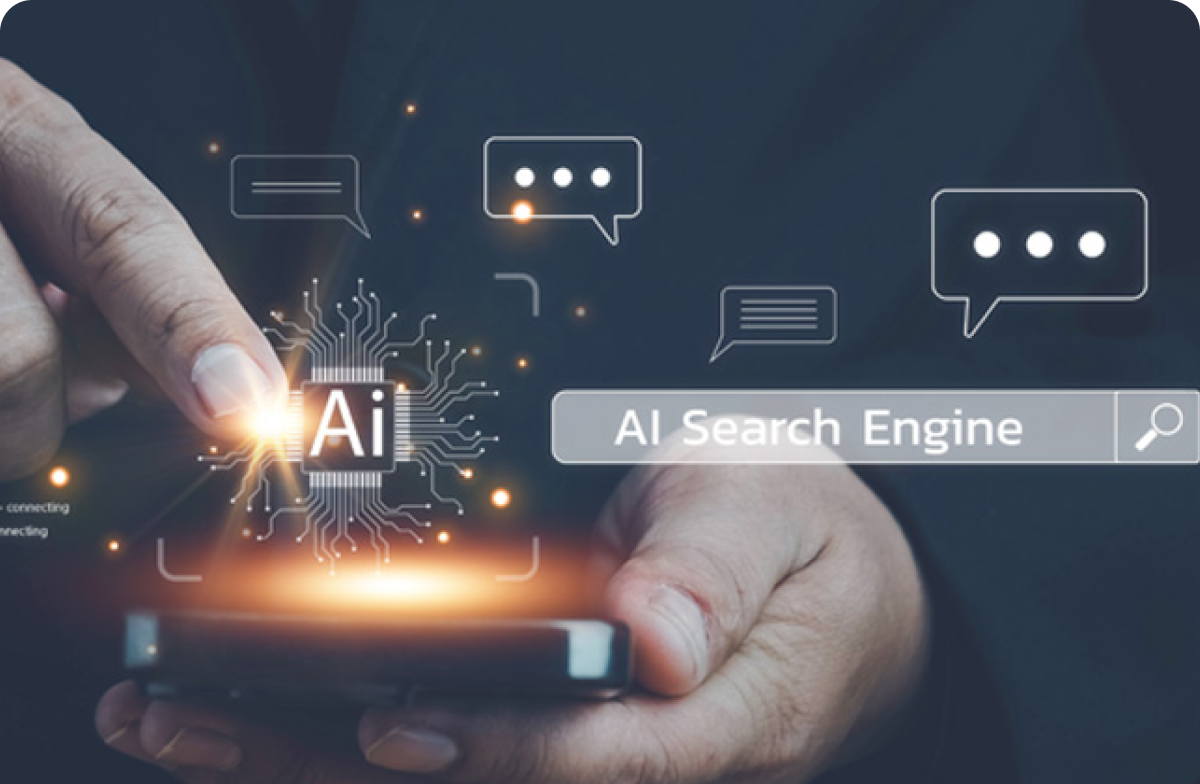Understanding the Landscape
Generative AI models come in various forms, each tailored to specific use cases. They can be categorized broadly into three approaches:
- Pre-trained Models: These are ready-made solutions developed by third-party vendors or open-source communities. Examples include GPT for text generation and DALL-E for image creation.
- Custom-Built Models: Organizations can opt to build their own generative models from scratch or fine-tune existing ones to meet specific business needs.
- Hybrid Approaches: A combination of buying pre-trained models and customizing them for unique applications within the organization.
Factors to Consider
When deciding between buying or building generative AI models, several critical factors come into play:
- Time to Market:
- Buy: Leveraging pre-trained models allows organizations to deploy solutions rapidly. If time-to-market is crucial, purchasing a ready-made model may be the optimal choice.
- Build:Developing a custom model takes time and resources, which can delay implementation, especially if you’re starting from scratch.
- Cost:
- Buy: While initial costs may be lower when purchasing, licensing fees can accumulate over time. Additionally, there may be hidden costs associated with integration and support.
- Build: Building a model involves upfront investment in talent, infrastructure, and ongoing maintenance. However, it may offer long-term cost savings if the solution can be scaled effectively.
- Customization and Control:
- Buy: Off-the-shelf solutions may not fully align with specific business requirements or workflows. Customization options can be limited.
- Build: Custom solutions offer complete control over the model’s architecture and training data, ensuring that it meets unique business needs and complies with industry standards.
- Talent and Expertise:
- Buy: For organizations lacking AI expertise, purchasing a pre-trained model reduces the need for specialized knowledge. This option is often more accessible for teams focused on other business priorities.
- Build: Building a generative model requires skilled data scientists and engineers. Organizations must evaluate their internal capabilities and consider investing in talent development.
- Scalability and Future-Proofing:
- Buy: Pre-trained models may limit scalability and flexibility as business needs evolve. Licensing agreements might also impose constraints on how models can be used.
- Build: Custom-built models can be designed with scalability in mind, allowing organizations to adapt and enhance them as technology and market demands change.
Case Studies and Considerations
- Buying Example:A marketing firm may choose to purchase a pre-trained text generation model to quickly produce content for client campaigns. This approach allows for fast deployment but may require compromises in specific branding and tone.
- Building Example: A healthcare organization could benefit from a custom model designed to analyze patient data and generate insights tailored to their unique protocols and compliance needs. The investment in building may yield significant advantages in data privacy and operational efficiency.
Conclusion: Finding the Right Balance
The decision to buy or build generative AI models ultimately depends on your organization’s specific context, needs, and long-term strategy. Business and technology leaders should conduct a thorough analysis of their goals, resources, and market demands.
In many cases, a hybrid approach may offer the best of both worlds—leveraging the speed and accessibility of pre-trained models while investing in custom solutions that drive differentiation and align with strategic objectives.
As the generative AI landscape continues to evolve, maintaining agility and openness to innovation will be crucial. Bajaj Technology Services can heplp you adoptthe right approach toempower your organization harness the full potential of generative AI, driving growth, efficiency, and competitive advantage in the digital age.






